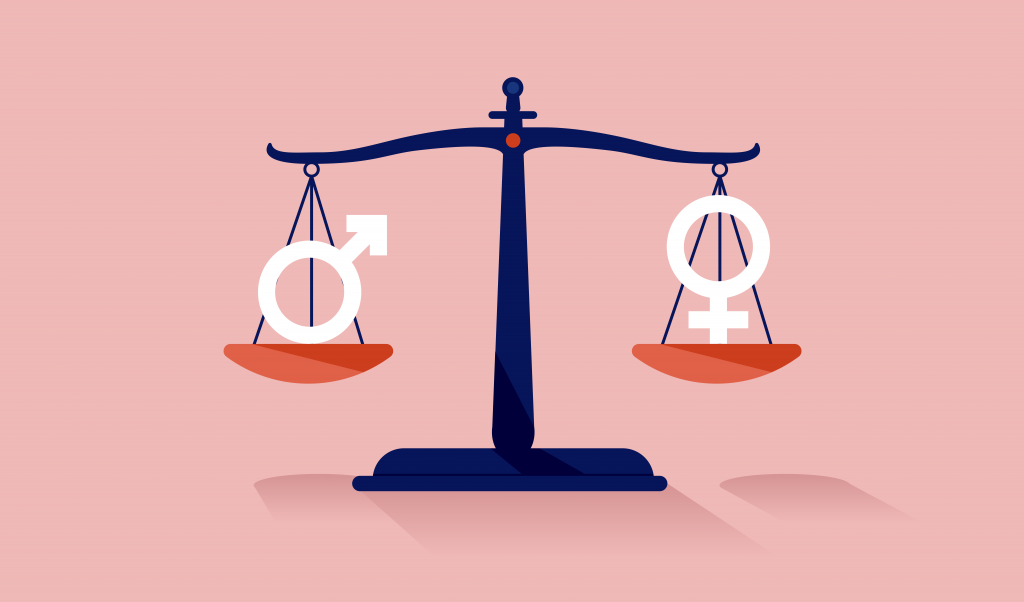
Although in recent years the absolute number of women earning degrees across science, technology, engineering, and medical fields (STEM) has increased relative to men, gender equality is a widely discussed and researched concept.
There is a great debate at international level on the mismatch of skills, necessary and required for building a satisfying career not commonly taught in institutional training courses.
Consequently, different strategies have been applied to reduce the gender disparity, resulting in increasing proportions of graduating female medical students globally. However, a significant gap remains in the representation of women as professors, as leaders, on guideline panels, as conference speakers and chairs, in scholarly publications, and as grant award recipients and pay inequalities.
From the daily news we know that cultural progress has not been followed by facts, if there are still many femicides, if the income inequality in the same working positions is still great, if top management or managerial roles are in fact reserved for men, if the poverty is stronger among older women than men.
The Sustainable Development Goals of the UN 2030, set the actual achievement of gender equality in fifth place among its goals for “sustainable development”, as well as several insights and recommendations are provided by the EIGE – European Institute for Gender Equality, or by different International associations and research papers.

Much has been accomplished to try to change the balance, but women remain considerably disadvantaged, implying an incomplete understanding of the complexities of gender equality.
Within the medical profession, the number of women is steadily increasing and in many countries the percentage of women studying medicine has surpassed men.
Data from several countries have shown that women are under-represented in the field of Intensive Care Medicine (ICM), which is perceived as not gender friendly by design. This could have a major impact on the discipline although the overall increase in the number of female doctors.
Authors could assume that women working at the bedside in ICM have an environment designed by male engineers. They have indeed to use guidelines created by male task force members or authors.
Other authors found as possible reasons for low presence of females in ICM the duration of training and consequently on lifestyle and career choices, as well as the prevalence of unprofessional behaviours such as sexism and discrimination in the workplace and difficulties with academic advancement or even a recent survey of intensive care physicians in India, where women reported higher levels of stress.
In conclusion, the role of universities, national professional societies, training bodies should lead to promote female enrolment into training programmes, facilitate part-time training and work with employers to develop policies to minimise bullying, discrimination, and sexual harassment behaviours in the workplace.
Written by Fedele Colantuono, UniFg team – University of Foggia, Italy
Godier A., et al 2020. Women in Anaesthesia and Intensive Care Medicine in France: Are we making any progress? Anaesthesia Critical Care & Pain Medicine, Vol. 39, 4, 507-511.
Baksh K, Abramian O, Mills N, Stephen MJ. Female inequality represented in subspecialty training—the gender divide in pulmonary critical care medicine. Am J Resp Crit Care Med. 2017;195:A1094.
Amte R, Munta K, Gopal PB. Stress levels of critical care doctors in India: a national survey. Indian J Crit Care Med. 2015;19(5):257–64.
https://www.un.org/sustainabledevelopment/gender-equality/
https://www.iwinideal.com/pdf/letteratura/ICU4_v20_RubulottaFORAPPROVAL.pdf
https://ccforum.biomedcentral.com/articles/10.1186/s13054-018-2139-1
https://www.nationalacademies.org/our-work/increasing-the-number-of-women-in-stemm



